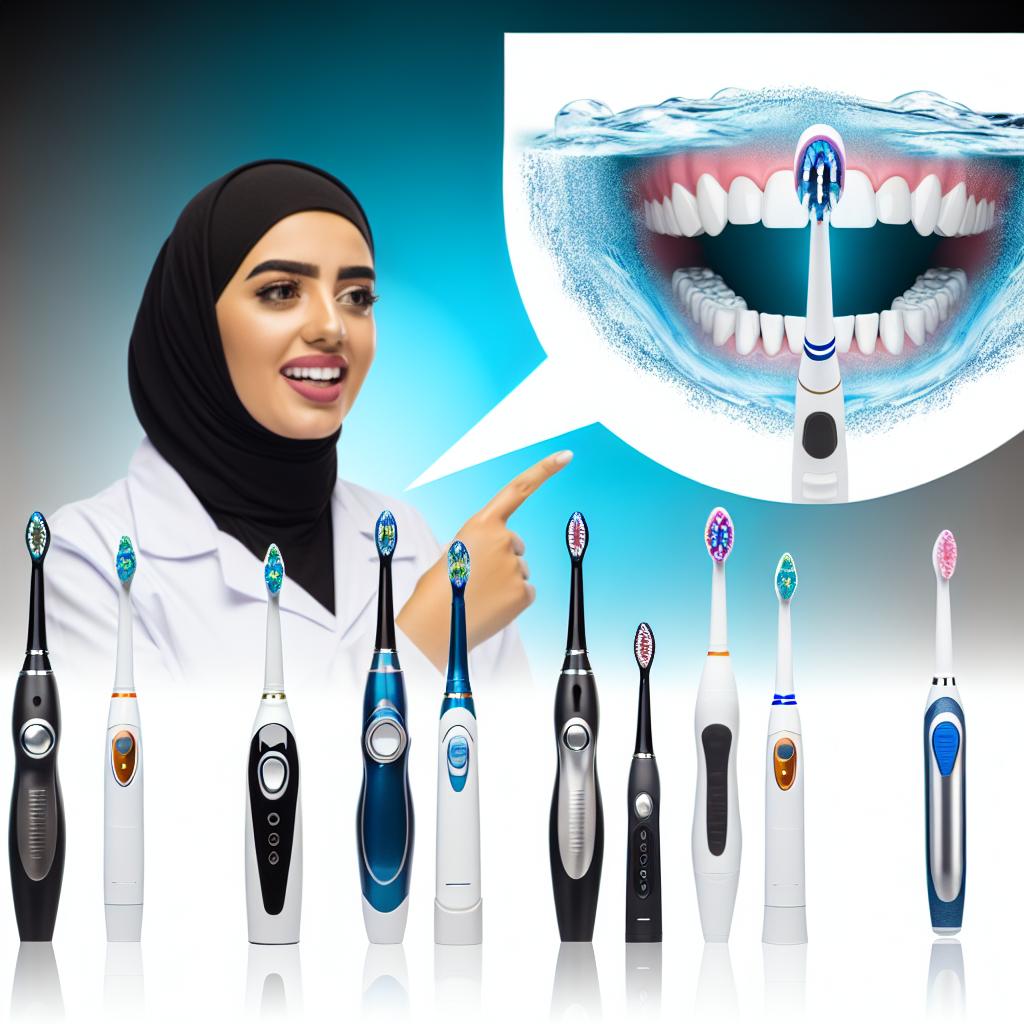Introduction to Electric Toothbrushes
Electric toothbrushes have steadily gained popularity over recent years due to their demonstrated efficiency and effectiveness in maintaining oral health across demographics. Unlike traditional manual toothbrushes, electric toothbrushes incorporate advanced technology to achieve superior plaque removal, which studies have found to significantly improve dental health outcomes. The superior performance of electric toothbrushes can contribute to healthier gums, a reduced risk of cavities, and a lowered chance of developing gum disease.
How Electric Toothbrushes Work
At the core of an electric toothbrush’s performance are the distinct technologies it employs to clean teeth and gums. Electric toothbrushes can generally be classified into two main types based on their mechanism of action: oscillating-rotating and sonic technology.
The oscillating-rotating type features a smaller, round brush head engineered to rotate back and forth. This motion mechanically dislodges plaque from the surfaces of teeth. In contrast, sonic toothbrushes rely on high-frequency vibrations that create dynamic fluid activity. This approach not only aids in displacing plaque through direct contact but also helps agitate fluids in the mouth, helping clean areas that the bristles do not directly touch.
Sonic Technology: Sonic toothbrushes operate at vibrational speeds much higher than that of human hand movements. This technology offers a more comprehensive cleaning process by also pushing toothpaste and saliva into the hard-to-reach parts of the mouth. As a result, sonic toothbrushes can effectively reach interproximal areas and gums, enhancing the overall cleaning experience.
Advantages of Electric Toothbrushes
Electric toothbrushes offer a variety of advantages that cater to diverse oral care needs:
Improved Plaque Removal: Numerous studies have indicated that electric toothbrushes are more efficient at removing plaque compared to their manual counterparts. The oscillations and vibrations of the brush heads allow for a robust cleaning action that breaks down plaque in less time, significantly contributing to oral health.
Ease of Use: One of the most appealing aspects of electric toothbrushes is their ease of use. The automatic movements of the brush reduce the need for manual effort, which is especially beneficial for individuals with limited dexterity or mobility, such as children or older adults. This automated function ensures that users can maintain good oral hygiene with minimal effort.
Built-in Timers: Many modern electric toothbrushes are equipped with built-in timers. These timers are designed to encourage users to brush for the dentist-recommended duration of two minutes, ensuring that every brushing session is thorough. This feature helps instill positive oral hygiene habits, which can lead to better long-term dental outcomes.
Pressure Sensors: Some electric toothbrushes include pressure sensors that alert users if they are brushing too hard, preventing potential damage to gums and enamel. Excessive brushing pressure can lead to receding gums and enamel abrasion, but with pressure sensors, users are guided towards a more gentle yet effective brushing technique.
Considerations When Choosing an Electric Toothbrush
When deciding on an electric toothbrush, consider several factors to ensure that the chosen model aligns with personal oral care needs and lifestyle:
Brush Head Type: Electric toothbrush models come with various brush head options, each designed to fulfil specific objectives. Some brush heads are designed for deep cleaning, while others focus on sensitive teeth or whitening. Selecting the right brush head type can tailor the brushing experience to meet personal preferences and dental requirements.
Battery Life: For individuals who travel frequently or have limited access to charging facilities, battery life can be a crucial factor. Opting for a model with longer battery endurance ensures that the toothbrush remains functional over extended periods without frequent recharging.
Mode Settings: Many advanced electric toothbrushes offer multiple mode settings that cater to different needs. Modes can range from sensitivity settings for those with tender gums or teeth to specialized brushing modes for whitening or gum care. Having access to various modes allows users to customize their brushing according to current oral health needs.
Cost and Availability: Electric toothbrushes are available in a wide price range. Consider the budget in relation to the features offered. While high-end models come with numerous advanced features, more economical models can still provide excellent cleaning capability without the extra options. Additionally, ensure that replacement brush heads for the selected model are readily available and affordable to maintain long-term use.
Conclusion
In conclusion, choosing the right electric toothbrush can have a significant impact on oral hygiene practices. With the variety of features and technologies available in modern electric toothbrushes, users have the opportunity to enhance their dental care routine considerably. By understanding these features and making informed decisions about what best fits personal needs and preferences, individuals can positively influence their oral health outcomes.
As always, while technology greatly aids in improving oral care, consulting with dental care professionals remains essential. They can offer personalized advice and recommendations to address specific dental issues or preferences, ensuring an optimal approach to maintaining oral health for the long term.




